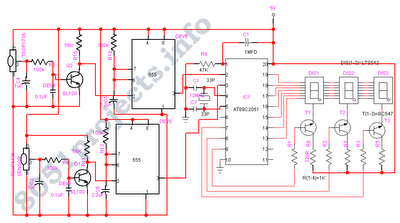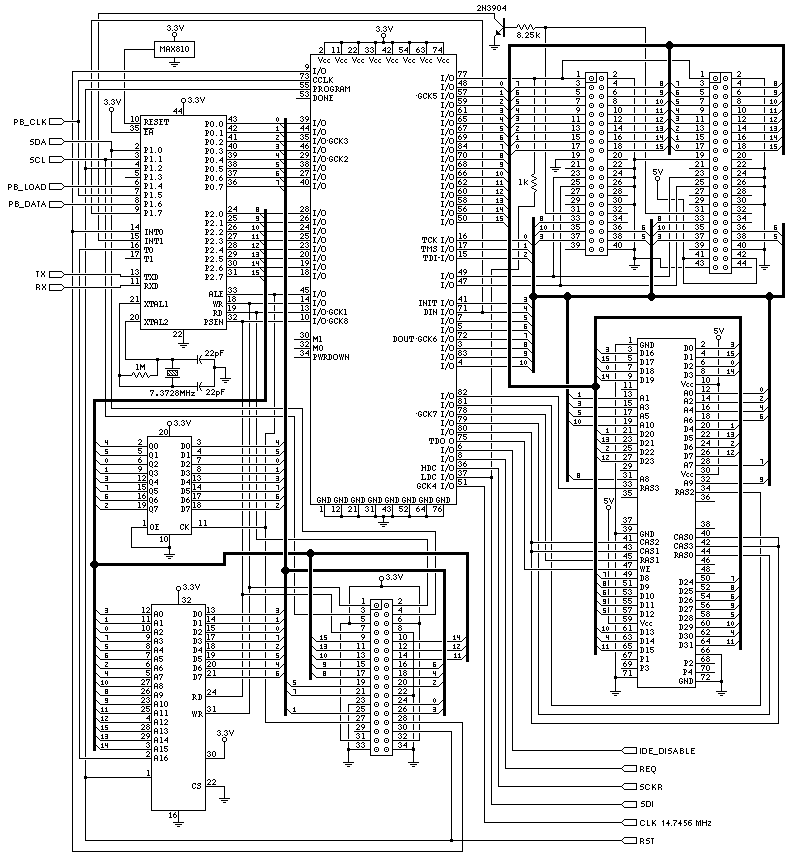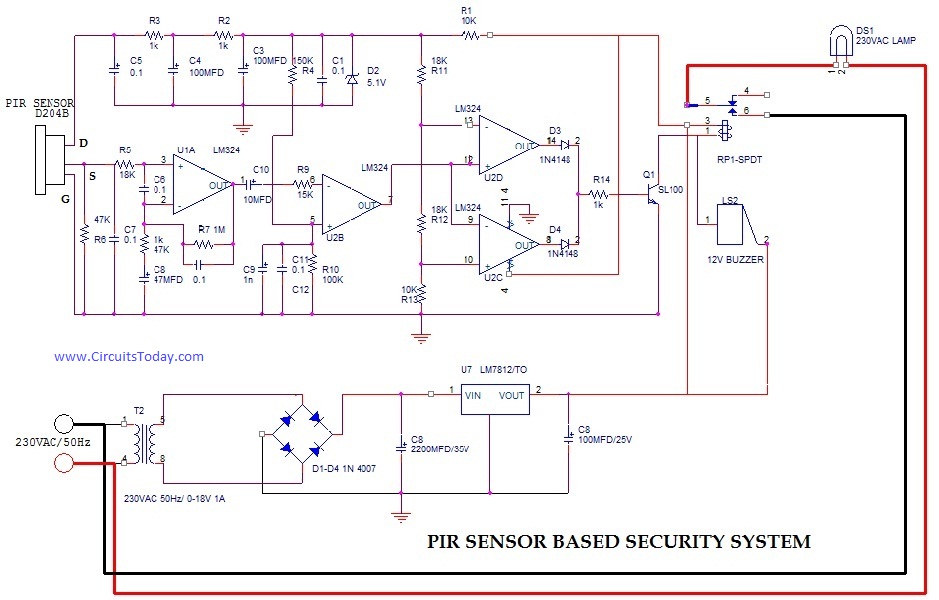
2N4401-2N4403 Connection Diagram

This project utilizes a microcontroller that is programmed with software available on the Gernsback BBS at 516-293-2283 as part of RUNABOUT.ZIP. The robot can be operated using a universal remote control.
The project involves the integration of a microcontroller, which serves as the central processing unit for the robot. This microcontroller is programmed with specific software that enables it to interpret commands received from a universal remote control. The use of a universal remote allows for flexible control options, making it user-friendly and accessible for various applications.
The microcontroller can be interfaced with several peripheral components, including motor drivers that control the movement of the robot. These motor drivers receive signals from the microcontroller and adjust the power supplied to the motors, allowing for precise control over the robot's motion. Additionally, sensors can be incorporated into the design to provide feedback to the microcontroller, enabling the robot to navigate its environment autonomously or semi-autonomously.
Power management is also a crucial aspect of this project. A suitable power supply must be chosen to ensure that the microcontroller and all connected components operate efficiently. Battery options should be considered, along with voltage regulators if necessary, to provide stable power to the system.
In summary, this project exemplifies the application of microcontroller technology in robotics, leveraging software programming and remote control capabilities to create an interactive and functional robotic system. The design can be further enhanced by integrating additional features such as obstacle detection, automated navigation, and advanced control algorithms to expand its operational capabilities.This project uses a microcontroller programmed with software that is posted on the Gerns-back BBS at 516-293-2283 as part of RUNABOUT. ZIP. The robot can be controlled via a universal remote control. 🔗 External reference
The project involves the integration of a microcontroller, which serves as the central processing unit for the robot. This microcontroller is programmed with specific software that enables it to interpret commands received from a universal remote control. The use of a universal remote allows for flexible control options, making it user-friendly and accessible for various applications.
The microcontroller can be interfaced with several peripheral components, including motor drivers that control the movement of the robot. These motor drivers receive signals from the microcontroller and adjust the power supplied to the motors, allowing for precise control over the robot's motion. Additionally, sensors can be incorporated into the design to provide feedback to the microcontroller, enabling the robot to navigate its environment autonomously or semi-autonomously.
Power management is also a crucial aspect of this project. A suitable power supply must be chosen to ensure that the microcontroller and all connected components operate efficiently. Battery options should be considered, along with voltage regulators if necessary, to provide stable power to the system.
In summary, this project exemplifies the application of microcontroller technology in robotics, leveraging software programming and remote control capabilities to create an interactive and functional robotic system. The design can be further enhanced by integrating additional features such as obstacle detection, automated navigation, and advanced control algorithms to expand its operational capabilities.This project uses a microcontroller programmed with software that is posted on the Gerns-back BBS at 516-293-2283 as part of RUNABOUT. ZIP. The robot can be controlled via a universal remote control. 🔗 External reference





